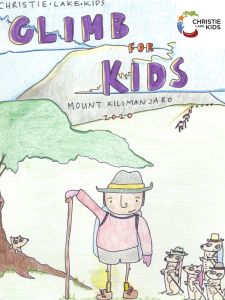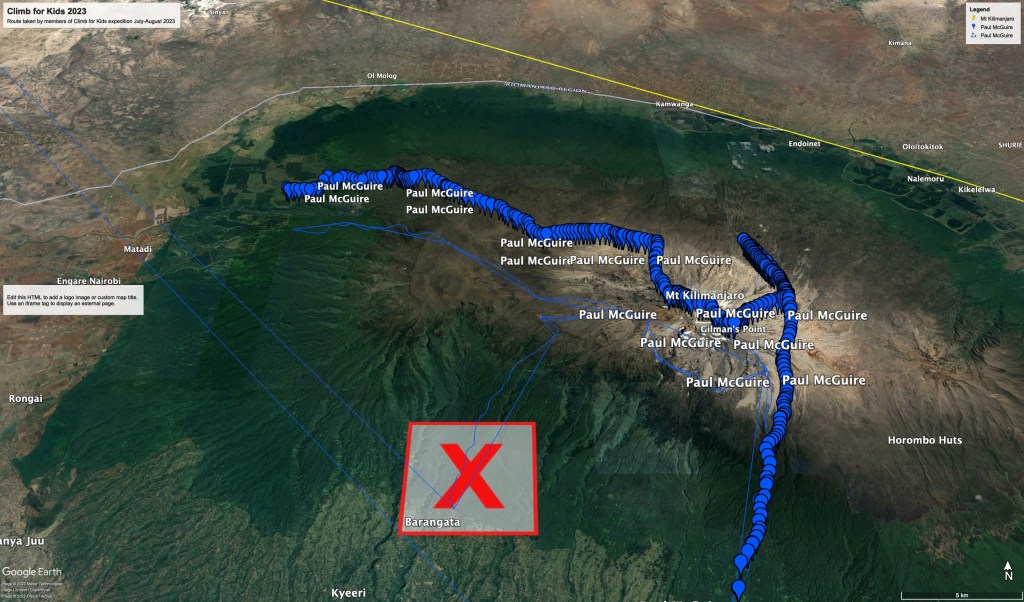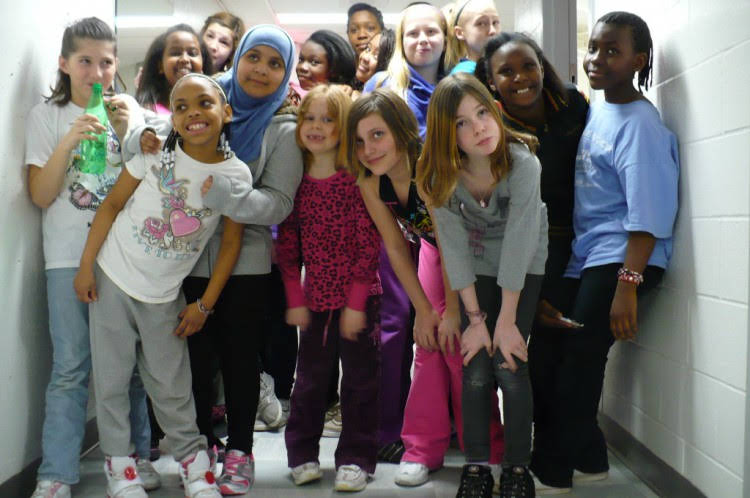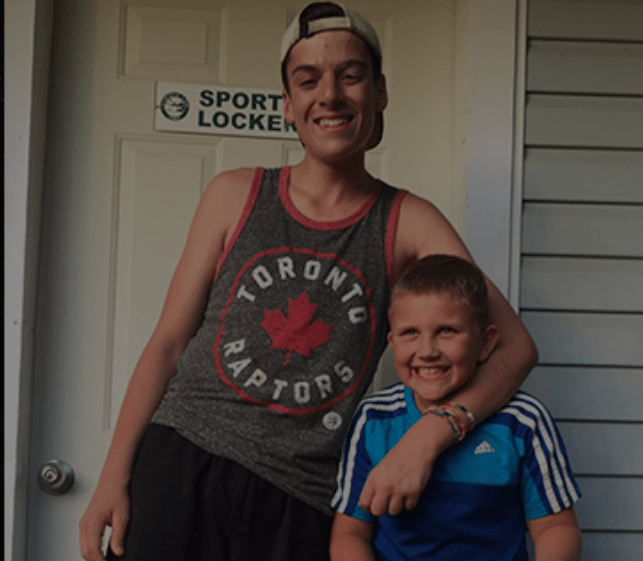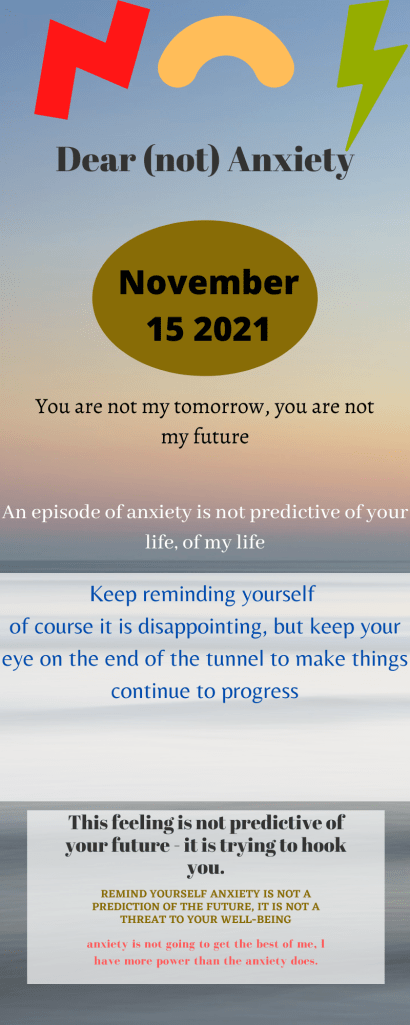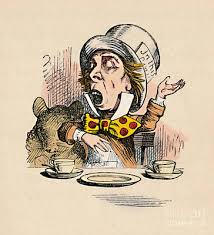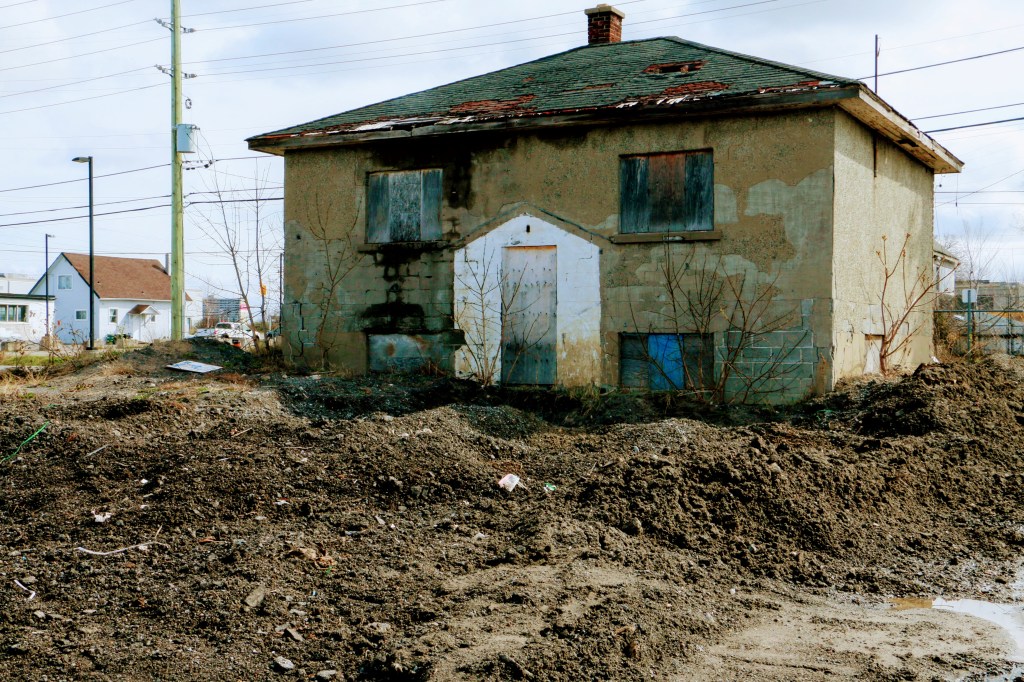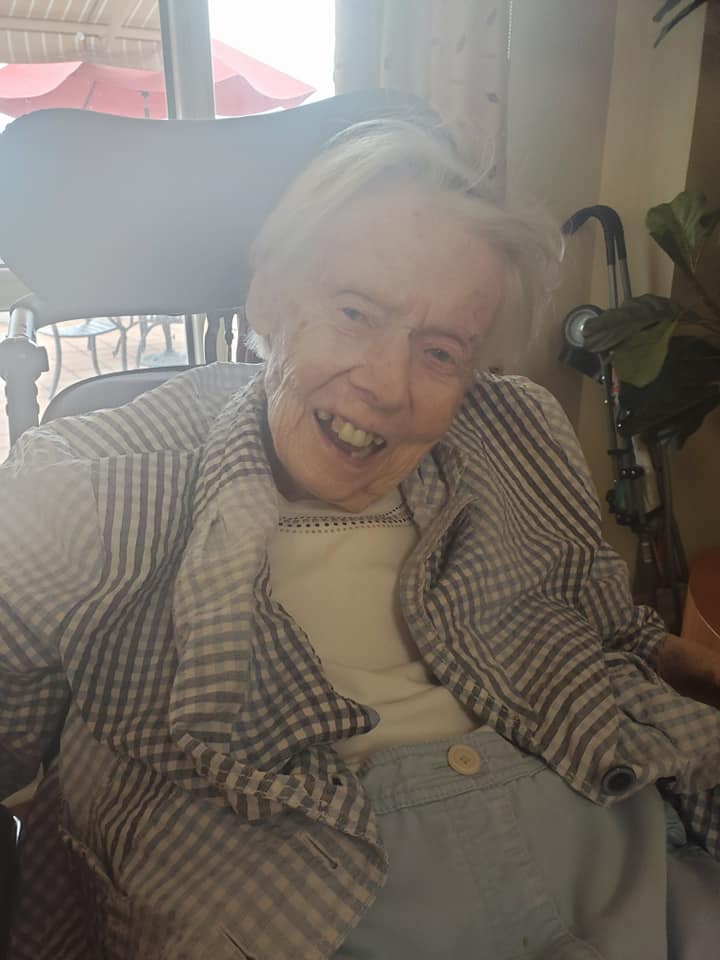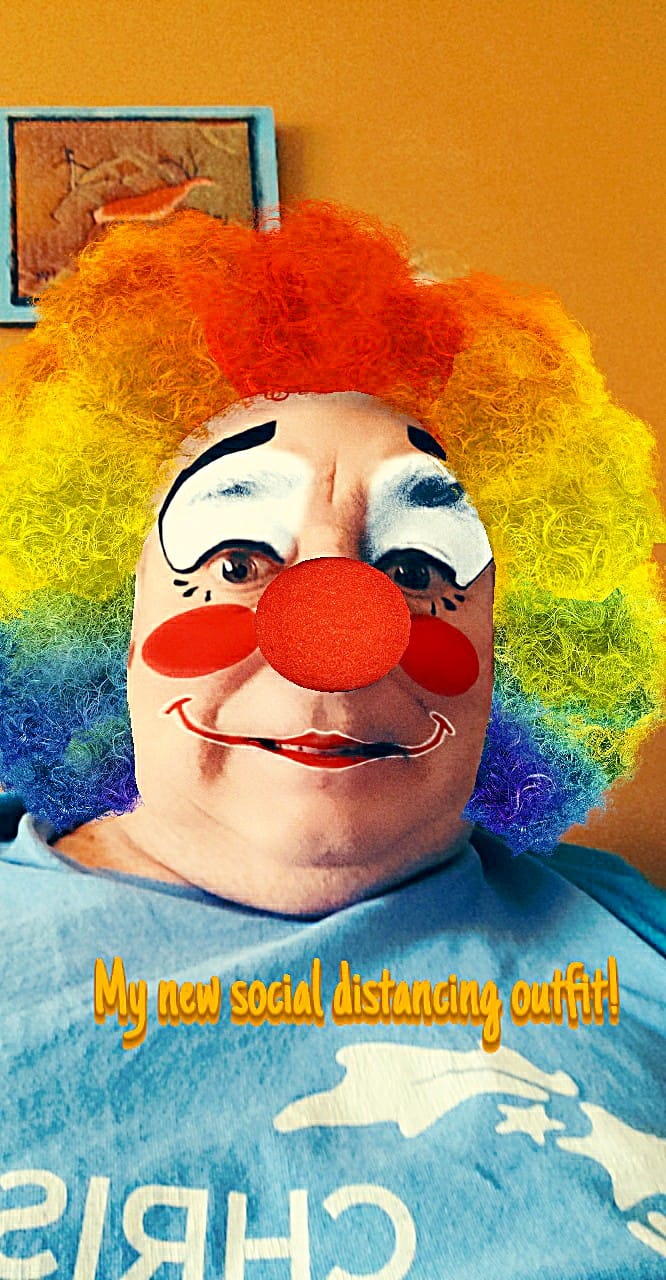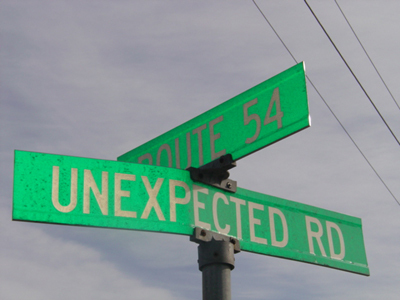

I have put a few screenshots of the Garmin tracking device showing the ascent to the summit and the very long path back down. You can see the whole route and tracking here on Arcgis – really worth looking at!
When we were on the mountain, I used my Garmin device to provide live tracking of our climb up the mountain. The shots above are summary plots of the last two days. The first one shows the ascent on the last morning under a full moon. The second shows the two days of descending to get back to the gate.
I haven’t written much about the climb, probably because I haven’t processed much of it yet. I lost my voice on the mountain, part of a bad case of bronchitis I (and others) picked up before the climb. So, there hasn’t been much to talk about.
This was my second time up the mountain, but almost everything was new to me. We took a different route this time – the Lemosho Route – and this route follows a different path for most of the trek.
There is no question that this is a beautiful route, the photos I have seen so far are stunning. We hiked through rainforest for the first day and a half, totally enclosed by the surrounding flora. We heard monkeys calling out, the songs of so many porters along with the calls of exotic birds. The forest was full of sound.
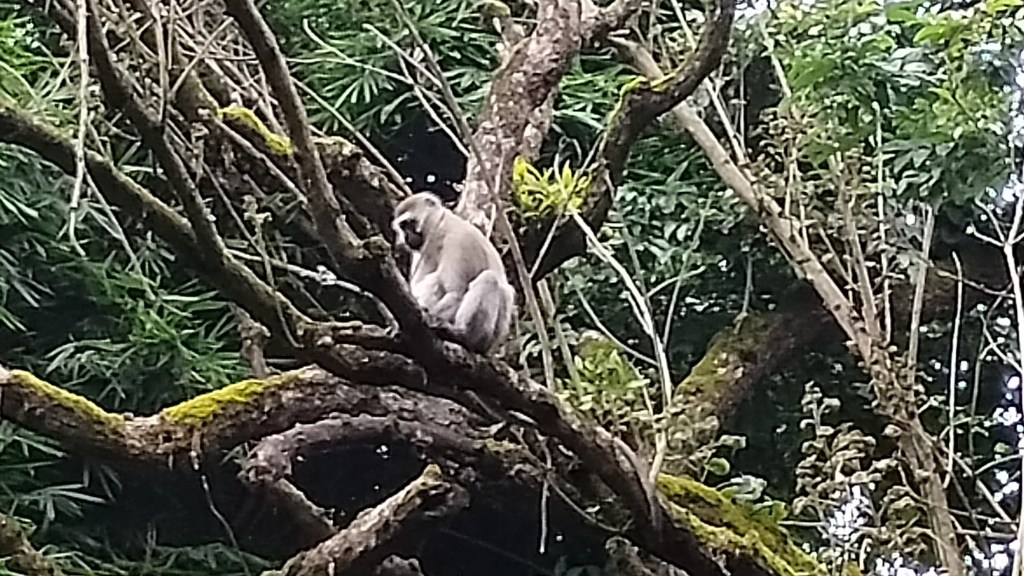
we are being watched
The conditions of the climb were challenging. It was very hot on the mountain, once we lost the tree cover we were exposed to the full force of the Tanzanian sun. Above 3000m it became difficult to breathe and our progress up the mountain slowed to a crawl. This is not me complaining, this is what it is like to climb a major mountain. No one should ever attempt this unless they are in excellent shape. Most of us continued to suffer from the impact of respiratory infections, at high altitude this is a problem. There is no question I found this really hard. If it wasn’t for the guides who took my day pack after the second day I wouldn’t have been able to make the summit attempt.

By the second day, we were feeling the full effect of the intense heat in the moorland
This is a photo of one of our group members – we all felt like this.
I was surprised at how tired I was all the time. The heat, increasing altitude, and constant coughing seemed to be sucking the energy out of me. By the second day, I was beginning to worry if I could actually do the summit. Usually, for me the energy comes back, this time it was just a hard constant slog.
There are several factors that kept me going. First, it is all about humility. This is a place you don’t belong, an alien environment. Every day you are pushed to your physical limit. To make it, you have to allow other people lead the way. By the second day our head guide, Gerry, asked for my pack. He had told us at our pre-climb briefing that if he asked for your pack you had to give it to a guide. At first, this was a bit humiliating. I was supposed to be the group leader – I was the only Canadian who had actually climbed the mountain before!
I argued a bit and then I handed my pack over to Ian, one of our guides. For the rest of the climb, he was right beside me, taking my pack almost every day, making sure I was drinking enough and resting. Without Ian, I would not have made it to the top.

This is Ian. It is because of him that I made it to the summit
I continued every day and just put one step in front of the other. Soon, I couldn’t talk so it was easier to keep to myself and focus all my energy on the mountain. The ridges and valleys kept coming, nothing was flat. Just like everyone else, I continued to follow our guides up the mountain.

Base camp on the night of the final ascent – we started climbing at midnight
The last night, we were all still there. Some started earlier to allow for more climbing time. We kept together for at least the first three hours. It was all about will and determination, going slowly up. You never know how the cold, the lack of oxygen (here at 50%), and the steep ascent will affect a climber. Some had to turn back others continued. It is a surreal experience. We kept on coming up to little lighted communities of climbers huddling together to gather up energy. We passed people crying saying they couldn’t go any further, their guides encouraging them to keep moving. At one point our lead guide, Experience said we had reached the point of no return. I didn’t know what that was so I just kept walking.
The summit appears with the dawn. After 7 hours, our group crested the rim of the volcano, Stella Point – 5756m. The sun came up moments before reaching our goal.
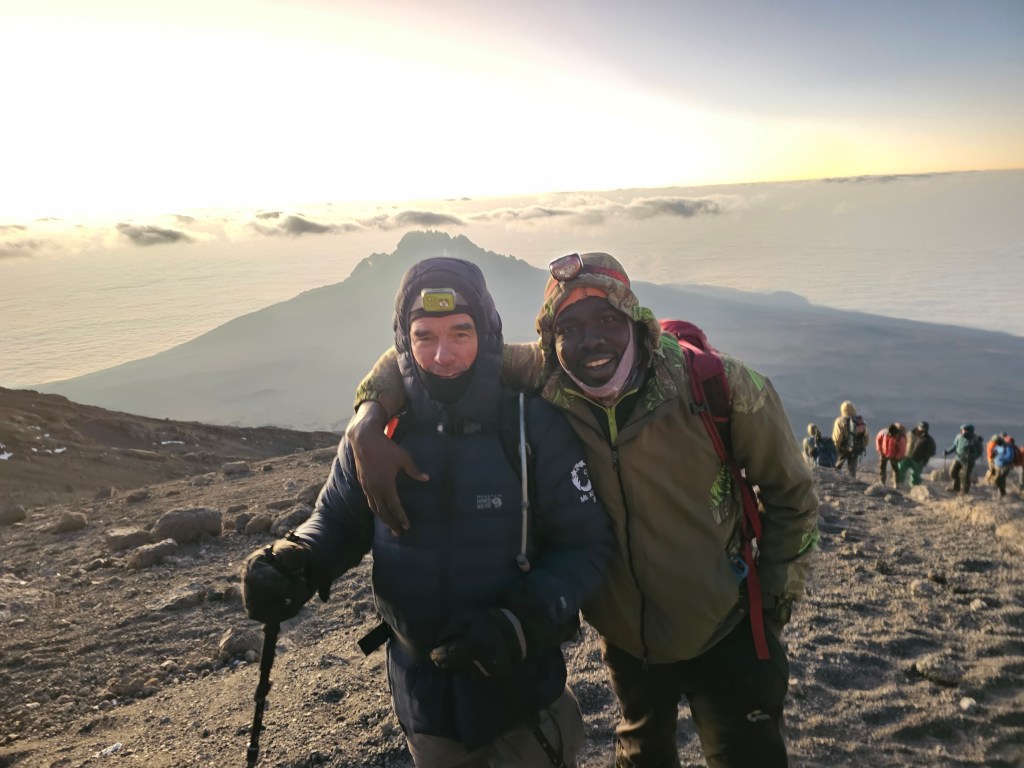
Our group beginning to summit – climber and guide, always
I stayed on the summit for around 10 minutes. The porters gave me a hot cup of lemon water which was wonderful – I was out of water and the reserve in my pack was frozen. I had at least three cameras but I was so exhausted I didn’t bother to get them out for a summit shot. We looked around and we were organized into two groups – one to continue up the rim to Uhuru, one group to start the descent. I went for the descent, I didn’t trust myself to do any more climbing.
beginning the descent after the 7-hour climb to the top
The descent was steep, slow and dangerous. In 2017, I ended up falling and tearing a quad muscle. I think it took at least 3 hours to get back to camp – guides and porters helping me all the way.
The next day we climbed down a muddy trail for 7 hours to get to the gate. Two of our group members had to be carried away from the last camp, and both were later taken by helicopter to Moshi for medical treatment. This is pretty normal, the helicopter leaves from base camp on an average of 4 trips a day. These two climbers had been on the mountain for at least 14 hours.
I am starting to reflect on what we all did. Not everyone summited, but all of us climbed the mountain, we all did our best. Most people I spoke to said this was the hardest thing they had ever done. Some asked why I had done this a second time! At some points, I worried that suggesting this climb for the Climb for Kids group was too much. I am sure everyone at some point thought the same thing. But we did it and we did it because of the people we climbed with. The porters who carried our bags and the guides who watched over us so closely made this possible. We were in their hands all the way. These climbs call for a tremendous amount of humility and inner strength. We raised close to $50,000 for Christie Lake Kids and we returned a little more aware of how anything worth doing has greater value when you reach out for help.

Gerry our head guide, the guides and porters of the last day – Asante sana
